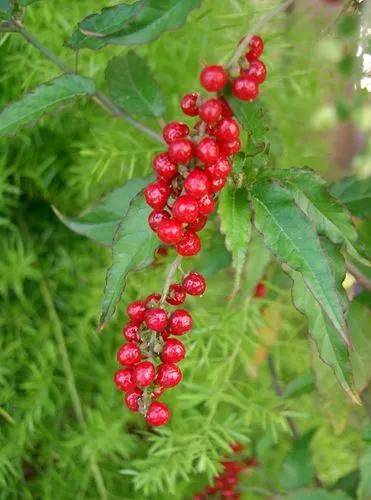The daisy-like composite flower consists of disc florets and ray florets, growing singly at the end of branches or sometimes in inflorescences of terminal corymbose cymes. The disc florets are pseudo-bisexual and come in several colors such as blue, yellow and purple. The hardy types usually show a dark blue center in the disc until the yellow pollen is shed. The ray florets are female and are found diverse colors such as white, cream, pink, purple, mauve to yellow. Some cultivars have "spooned" petals such as "Pink Whirls". Many species flower a second time late summer, stimulated by the cooler night temperatures. Hardy types show profuse flowering in the spring, but they do not get a second flush of flowers.
Spider Purple African Daisy Care
Osteospermum 'FlowerPower Spider Purple'



How to Care for the Plant

Water

Although somewhat drought tolerant once established, African daisies still need at least 1 inch of water per week to grow their best. During periods of drought or intense heat, the plants will slow down and go dormant. Aim to keep the soil evenly moist. But don't overwater, as soggy soil can encourage diseases such as root rot.

Fertilizer

These flowers like a lot of food to grow and bloom at their best. Besides mixing compost into the soil, apply a fertilizer for flowering plants monthly throughout the growing season.

Sunlight

African daisies bloom best in full sun. They can tolerate partial shade, but this will likely cause them to produce fewer flowers. Moreover, the blooms generally open in response to light and close at night and during overcast weather. However, some newer cultivars, including '4D Pink', '4D Silver', and '4D Berry', remain open at night.

Soil

African daisies prefer organically rich soil with sharp drainage and a slightly acidic soil pH. Add compost or other organic matter to the soil at the time of planting to improve drainage and add nutrients.

Temperature

African daisies prefer mild weather, which is when they bloom most profusely. They can handle nighttime temperatures down to about 40 degrees Fahrenheit, though frost can damage or kill them. Humidity typically isn't an issue for them, as long as they have good air circulation and proper watering and soil drainage.

Popularity

86 people already have this plant 37 people have added this plant to their wishlists
Discover more plants with the list below
Popular articles






